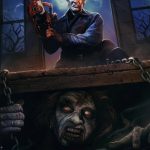Black Death (2010)
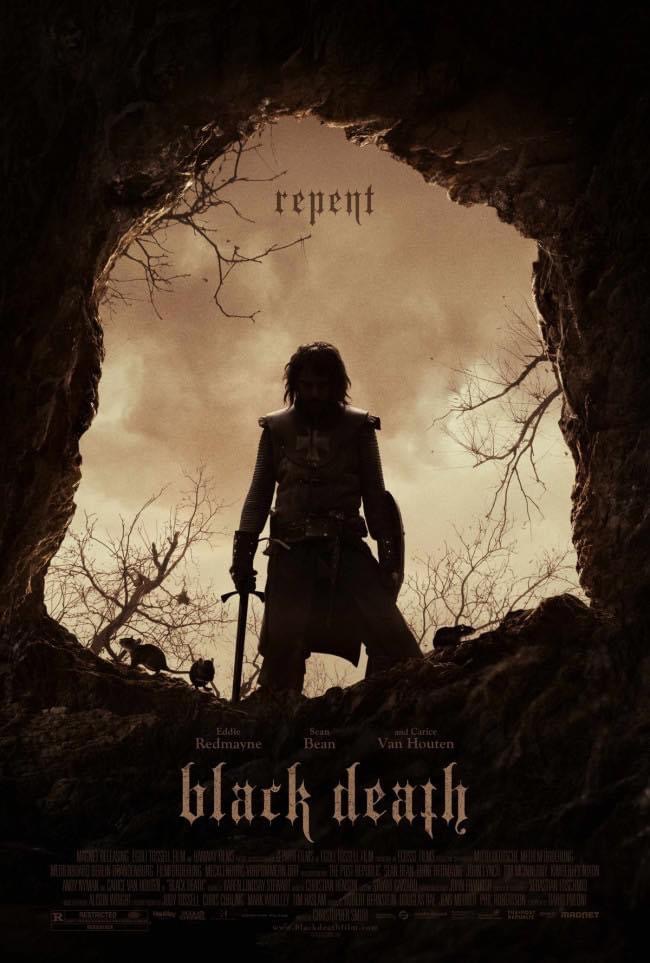
Black Death (2010) is a grim, atmospheric medieval thriller directed by Christopher Smith and set during the Black Plague in 14th-century England. The film dives into the dark side of religion, fanaticism, and human survival in a time of widespread death and despair. While the film’s surface narrative is about a group of men sent by the church to investigate rumors of a remote village untouched by the plague, its deeper themes focus on morality, faith, and the fragility of human decency under extreme duress.
Suggested videos for you:
Plot Overview
The story follows Osmund (Eddie Redmayne), a young monk struggling with his faith, who becomes the guide for a group of hardened mercenaries led by Ulric (Sean Bean). Ulric has been tasked by the bishop to confirm reports of a village where the plague has not spread, and to investigate suspicions of witchcraft. As the group ventures into the forest, the film builds tension, steeping the audience in an atmosphere of paranoia and violence.
The central conflict begins when the mercenaries reach the village, which is indeed plague-free. The village’s leader, Langiva (Carice van Houten), claims to possess supernatural powers and leads a community that has renounced the Christian god. Langiva’s influence, combined with the villagers’ apparent immunity to the plague, sets up a terrifying clash between Christian zealotry and paganism, with each side blaming the other for the suffering.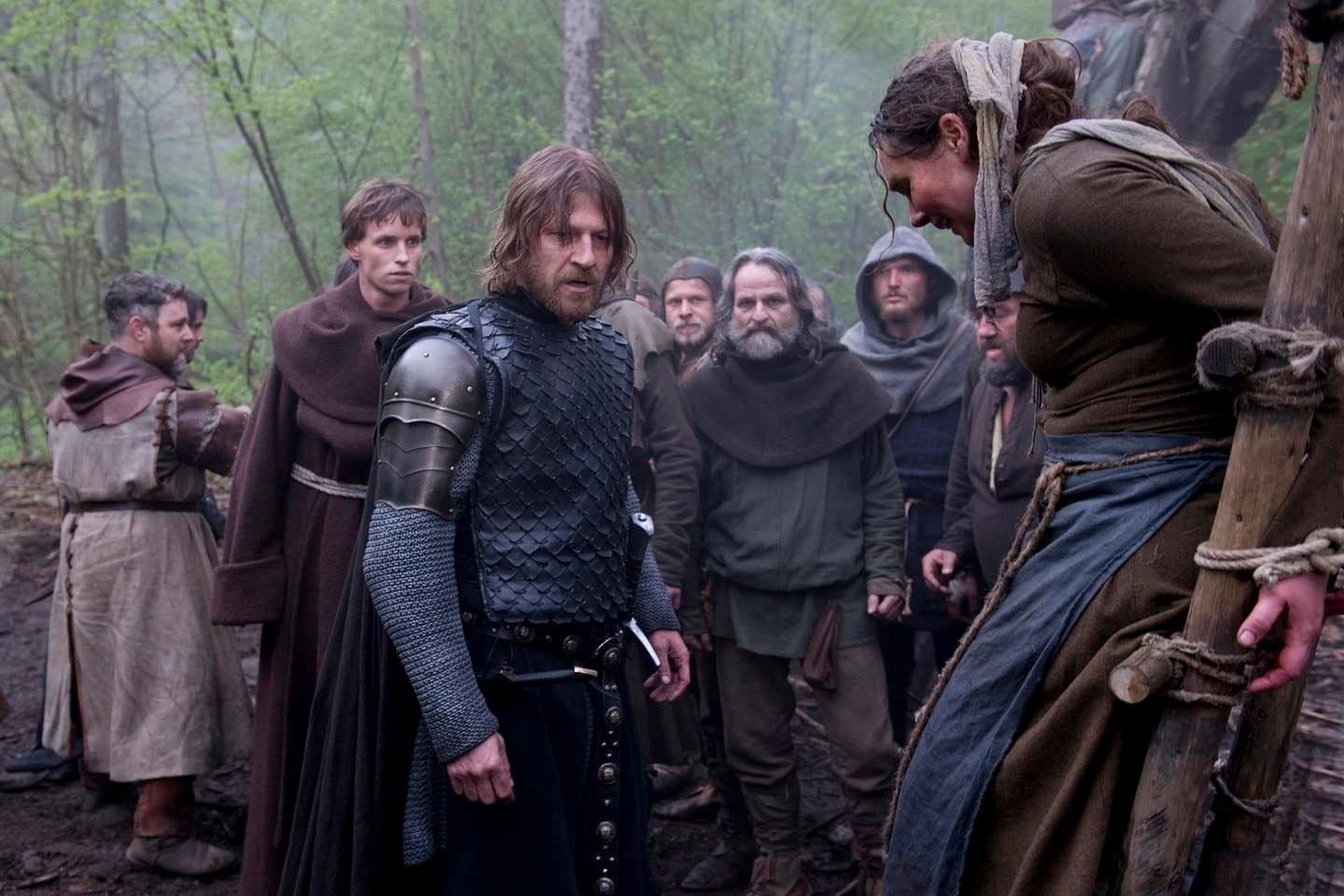
Themes
One of the most striking aspects of Black Death is its unflinching portrayal of religious fanaticism. The film avoids romanticizing either side, portraying both the church’s brutal enforcement of doctrine and the village’s apparent paganism with equal ambiguity. Ulric and his men see themselves as instruments of God’s justice, but their actions often border on barbaric. Langiva, on the other hand, offers a seductive alternative to Christianity, but her methods are manipulative and ruthless.
The film asks difficult questions about faith and belief. Osmund’s journey from a naïve monk to a man grappling with the consequences of his decisions is central to the story. He is caught between his religious ideals and the harsh realities of the world around him, and by the end of the film, his faith is shattered. The bleak tone of the film suggests that in times of crisis, such as the plague, faith can be both a source of strength and a tool for destruction.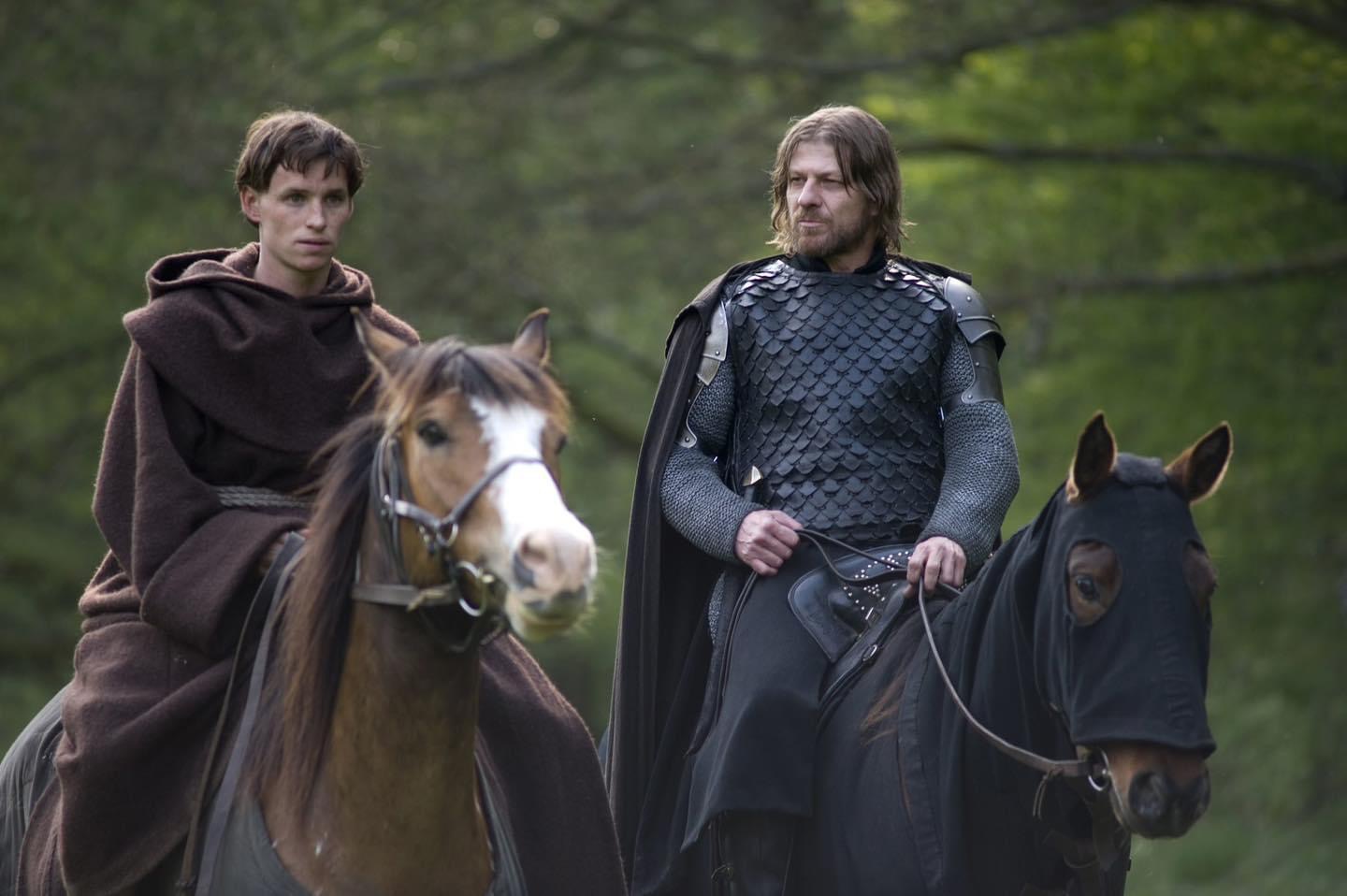
Visuals and Atmosphere
Black Death is visually striking in its depiction of a medieval world gripped by disease and despair. The film uses a desaturated color palette, evoking the cold, harsh environment of plague-ravaged England. Director Christopher Smith does an excellent job creating a claustrophobic atmosphere, with dense forests, fog-covered landscapes, and crumbling villages adding to the film’s sense of dread.
The action scenes are brutal and visceral, reflecting the grim reality of life during the plague. Violence is depicted in a raw and unsentimental way, emphasizing the film’s theme of survival. The plague itself is shown in harrowing detail, with bodies piled in pits and sick villagers quarantined in misery.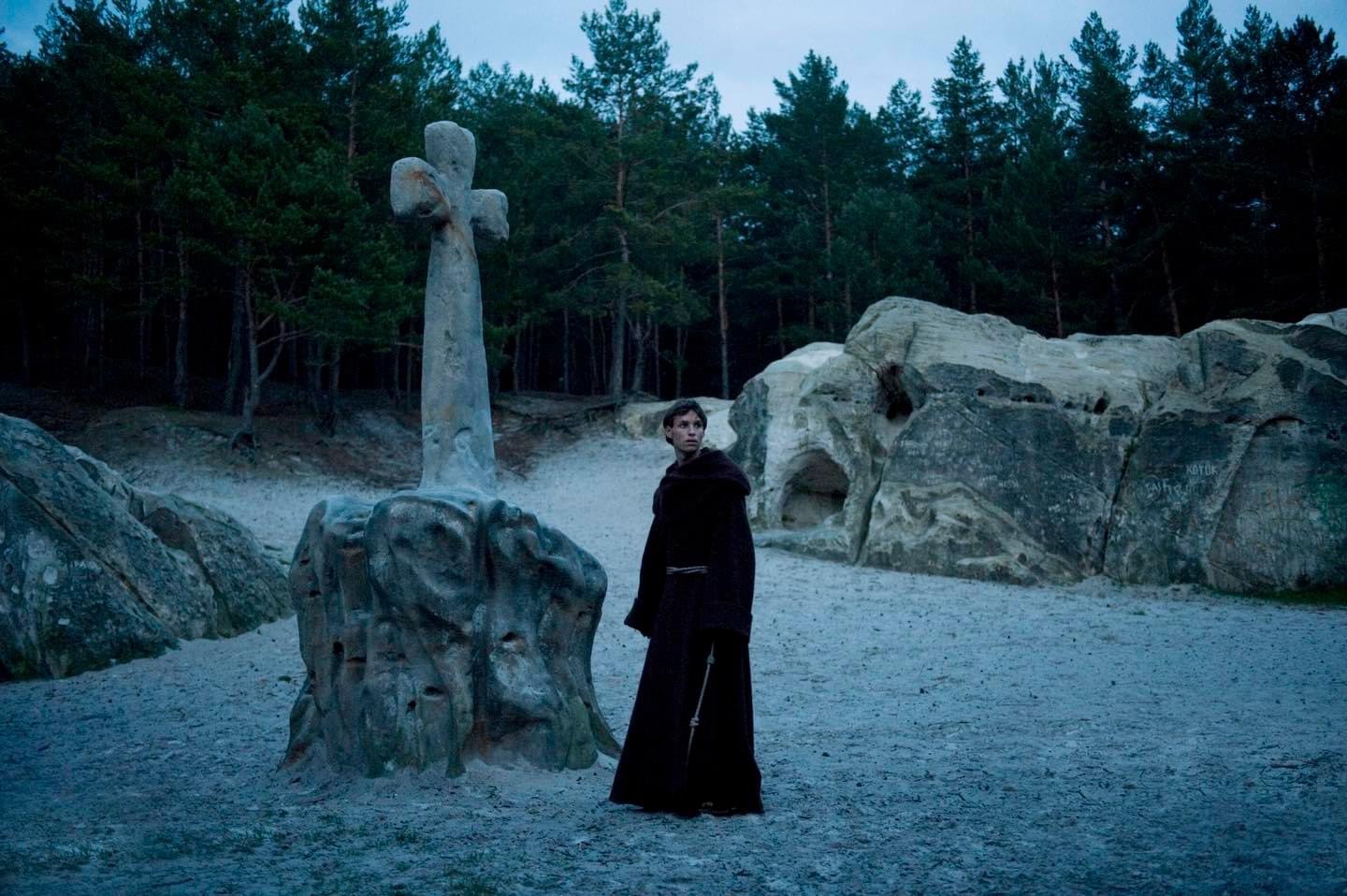
Performances
Sean Bean delivers a powerful performance as Ulric, a devout warrior who is both terrifying and sympathetic. His character is the embodiment of righteous fury, willing to go to any lengths to serve his God. Eddie Redmayne, in one of his earlier roles, gives a nuanced performance as Osmund, portraying the young monk’s internal conflict with quiet intensity. Carice van Houten is captivating as Langiva, bringing a sense of mystery and danger to her role as the pagan leader.
The supporting cast, including John Lynch, Tim McInnerny, and Johnny Harris, round out the group of mercenaries with believable portrayals of men hardened by years of fighting and surviving in a cruel world.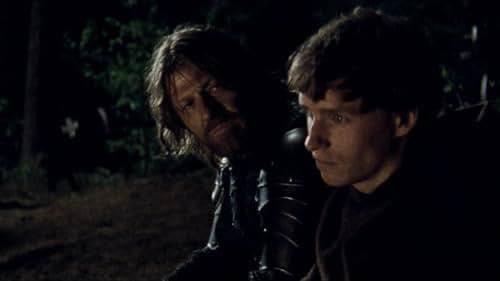
Criticism
While Black Death is thematically rich and atmospherically intense, it isn’t without its flaws. The pacing can be uneven at times, especially in the first act, where the film takes its time establishing the characters and the journey. The film’s ambiguity, while intellectually stimulating, may also leave some viewers unsatisfied, particularly with the ending, which refuses to offer any clear resolution to its moral dilemmas.
Another critique lies in the limited scope of the female characters. Carice van Houten’s Langiva is compelling, but she is the only significant female presence in a film dominated by male characters. Her motivations remain somewhat opaque, and her character is primarily defined by her role as a villainess rather than as a fully fleshed-out person.
Conclusion
Black Death is a bleak and thought-provoking film that explores the moral complexities of faith, power, and human nature in times of crisis. While it may not be for everyone, due to its grim tone and brutal violence, it is a unique and memorable entry in the historical thriller genre. For those who appreciate a film that is both visually arresting and thematically challenging, Black Death offers a harrowing look at a dark chapter in human history. The film’s refusal to provide easy answers, along with its unrelenting atmosphere of dread, makes it a powerful meditation on the fragility of civilization and the cost of survival.
